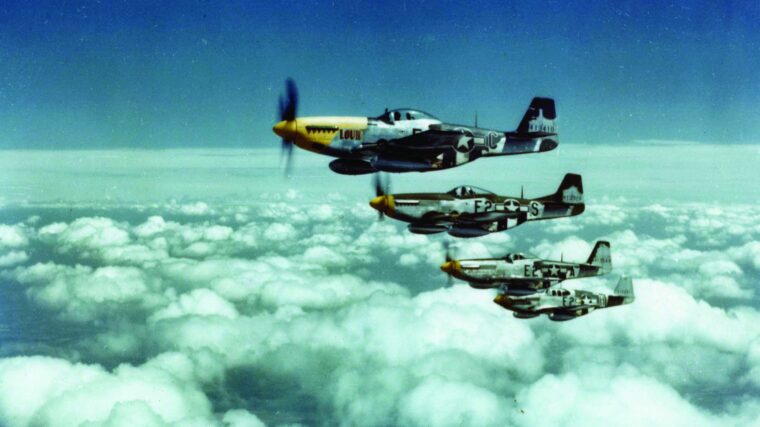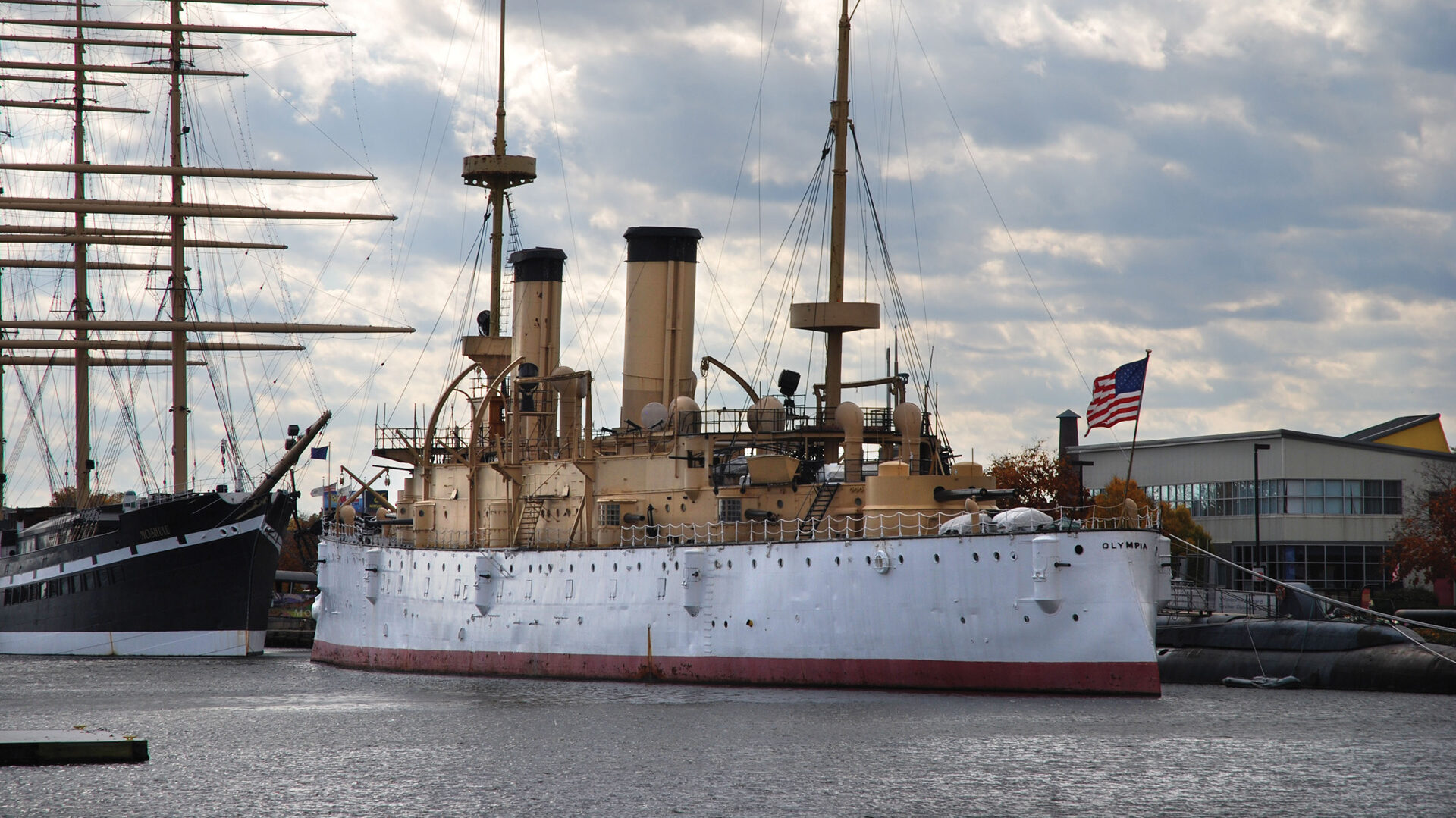
Japanese
The Heroism of Vision: Photographs from the Battlefield
By Al HemingwayOn the morning of February 23, 1945, on the tiny Pacific island of Iwo Jima, a 40-man patrol gathered at the 5th Marine Division headquarters for their final briefing with battalion commander Lt. Read more






















